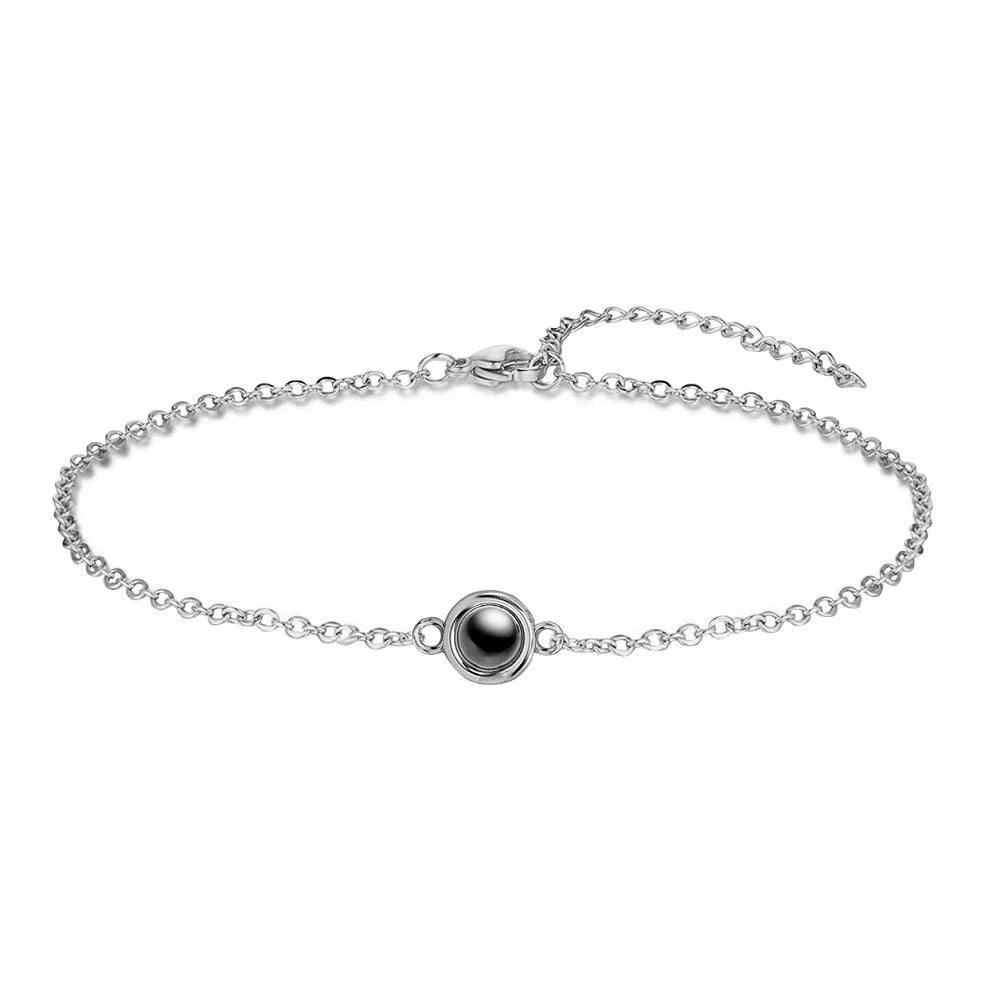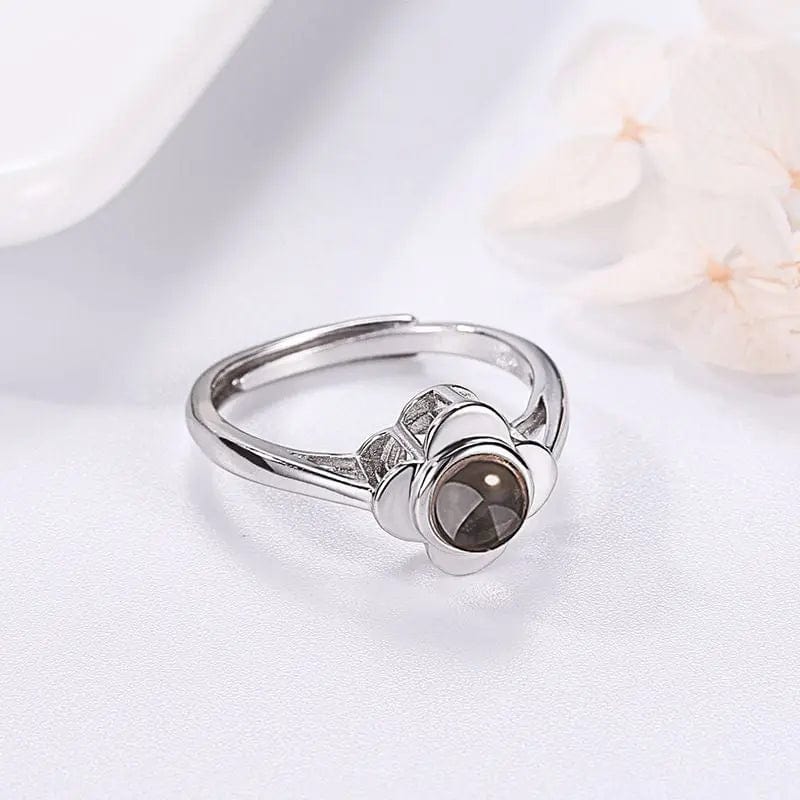Introduction
When we lose a loved one, finding ways to honor their memory becomes a priority for many. A garden memorial bench is a beautiful tribute that serves as a place of solace, reflection, and remembrance. Selecting the right bench involves several thoughtful considerations, ensuring it not only commemorates the departed but also seamlessly integrates into its environment.
Understanding the Purpose of a Memorial Bench
Before choosing a memorial bench, it's important to reflect on its purpose. Is it meant to be a quiet spot for reflection? A place for family and friends to gather? Or perhaps a way to share your loved one’s story with the community? The intended use will significantly influence the design, materials, and placement of the bench.
Factors to Consider When Selecting a Memorial Bench
Material Choices
The material of your memorial bench impacts both its look and its longevity. Common materials include:
- Wood: Offers a classic look and can be carved with inscriptions or symbols. Popular woods include teak, oak, and cedar, known for their durability and resistance to decay.
- Metal: Often used for its robustness and potential for intricate designs. Options like wrought iron or bronze are popular for their elegant appearance and sturdy nature.
- Stone: Provides a solid, permanent feel and can be etched with text or designs. Granite and marble are typical due to their durability and weather resistance.
- Recycled materials: Eco-friendly choices such as recycled plastic lumber are increasingly popular, offering durability and requiring minimal maintenance.
Design and Customization
The design of the bench should reflect the personality or preferences of the loved one. Consider custom options like engraving their name, dates, a favorite quote, or images that represent their passions or hobbies. Additionally, the style of the bench should complement its surroundings, whether it’s a garden, park, or personal estate.
Placement and Installation
Choosing the right location is as crucial as selecting the bench itself. Consider a spot that was meaningful to your loved one or one that offers a serene environment. Make sure the location is accessible and provides a comforting space for contemplation. Also, consider the angle of the bench, ideally placed to overlook a peaceful view or beneath a favorite tree.
Longevity and Maintenance
Understand the maintenance required for different materials and consider how weather conditions might affect the bench over time. Woods may require periodic sealing or staining, while metals might need painting or rust-protection. Stone, although durable, should be checked for weathering and cleaned regularly to maintain its appearance.
Respecting Legal and Institutional Guidelines
If you plan to place the memorial bench in a public space, such as a park or community garden, be sure to consult with local authorities or managing organizations. There may be specific regulations or requirements you need to follow. Additionally, they can offer guidance on preventing theft or vandalism.
Conclusion
A garden memorial bench is more than just a seat in nature—it is a meaningful tribute that provides comfort to those left behind. By carefully considering the purpose, material, design, and placement of your bench, you ensure that it honors your loved one's memory in a respectful and impactful way.
```


